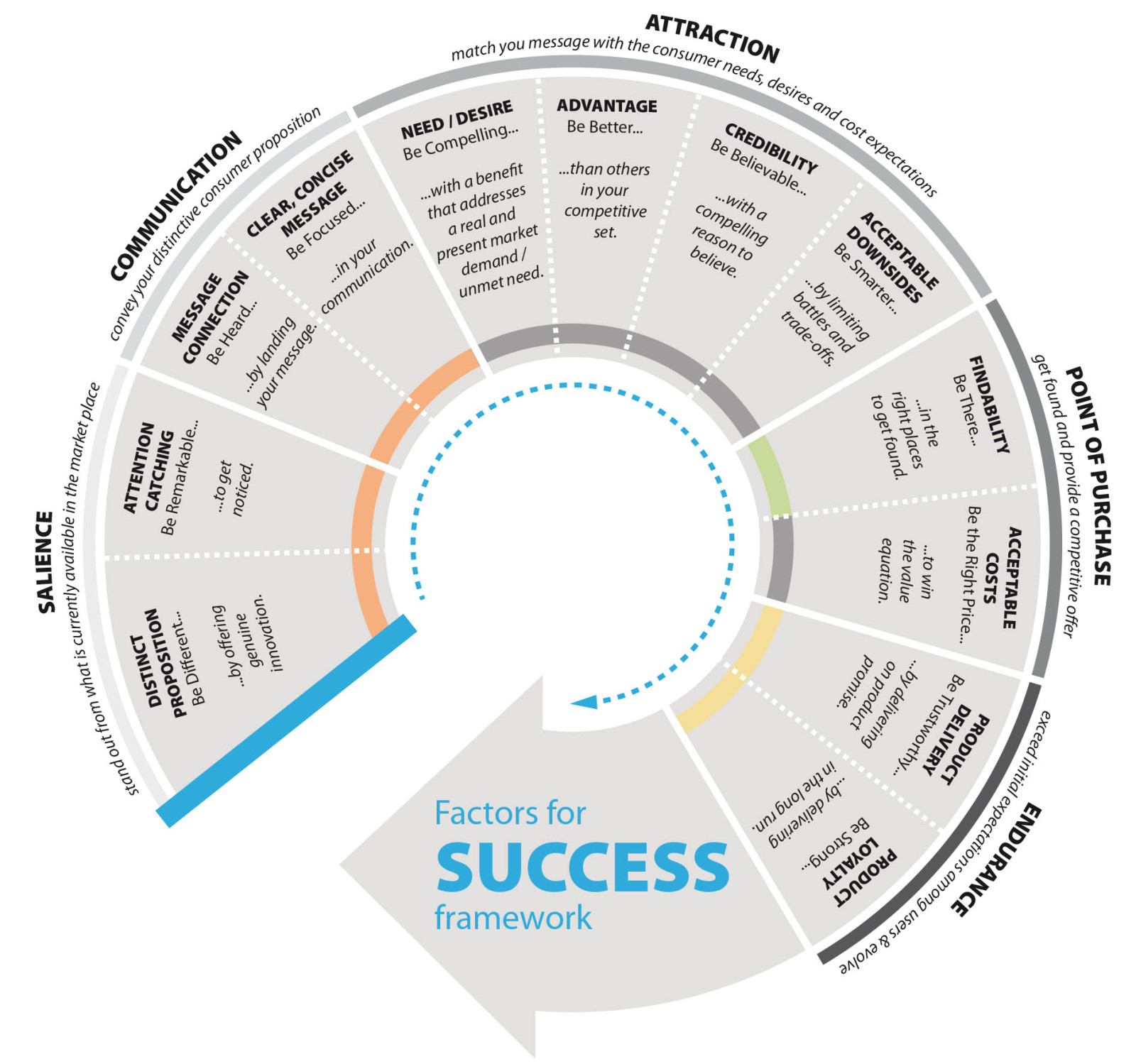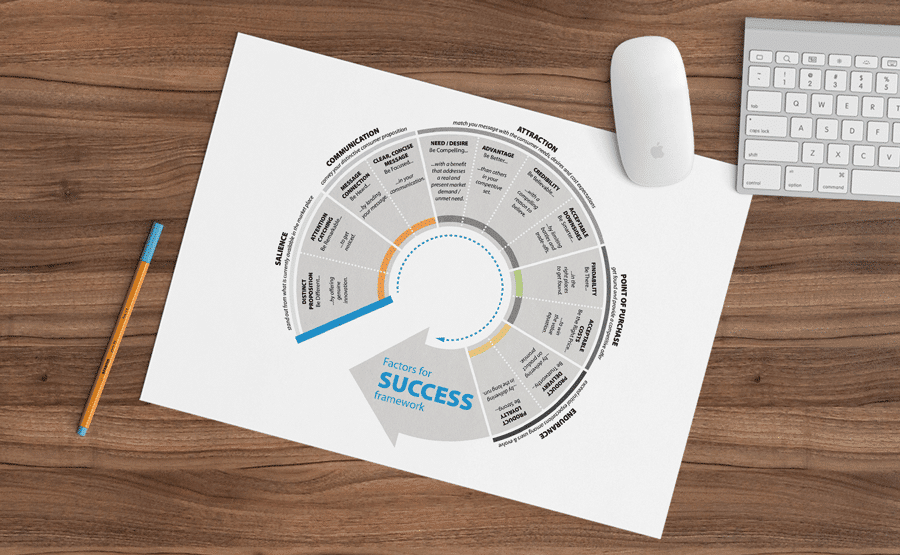In most companies, product development concepts are tested for market potential before they are launched.
Since many marketers (and their bosses) rely heavily on the test results to get the green light for the next phase, it’s important to understand how these tests actually work.
BASES tests are used in more than 50 percent of cases.
BASES is Nielsen’s Simulated Test Marketing (STM) tool suite and includes a range of STM tools.
The BASES SnapShot concept screening tool is the most important instrument for evaluating new product ideas, line extensions and relaunches.
In SnapShot, each concept is evaluated on the basis of key parameters using a secret black box algorithm.
The Concept Potential Score (CPS) summarizes the results and indicates whether the concept goes into product development or not.
The CPS is based on four criteria that should be taken into account when developing successful design concepts: (1) appreciation, (2) purchase intention, (3) purchase frequency and (4) purchase volume.
However, some difficulties arise in the application of these criteria when we analyze them with the current findings of marketing science:
In summary, the Nielsen SnapShot criteria do not take current marketing science findings into account and offer only limited added value for design optimization.
However, since BASES tests are used in over 50 percent of companies, it is difficult to avoid them.
Looking at the SnapShot criteria from a marketing science perspective leads to three relevant questions for product concept development:
Nielsen’s BASES tests predict whether innovations have the potential to succeed on the market.
Nielsen’s innovation database shows that concepts deemed potentially successful in the marketplace attempt to fulfill real (and/or currently unmet) consumer needs.
According to Nielsen, success is based on “demand-driven innovation”, where the right execution is more important than the concept itself.
This means that a well-executed but mediocre concept is better than a brilliant concept with mediocre execution.
This leads us to the question: How is successful execution measured?
Nielsen defines 12 success criteria for testing initiatives and innovation implementations.
These criteria are summarized in the STM tool introScape:

The 12 criteria give a good insight into how perceived value (at a given price) and purchase propensity (likelihood, frequency, volume) can be broken down on the path to purchase.
One interesting aspect is the strong emphasis on attractiveness (need/desire for benefits, credibility and acceptable drawbacks) and communication (communication link, clear/precise message).
The STM tool introScape can easily be translated into briefing criteria for the design.
In terms of testing the use of brand assets to build brand awareness (also to build design language across the portfolio), the criteria need to be further optimized.
The success criterion of findability is very imprecise as it summarizes the findability of the point of sale, the right department in the store and the place on the shelf.
Testing new business model concepts therefore requires more precise criteria for the customer journey aspect.

